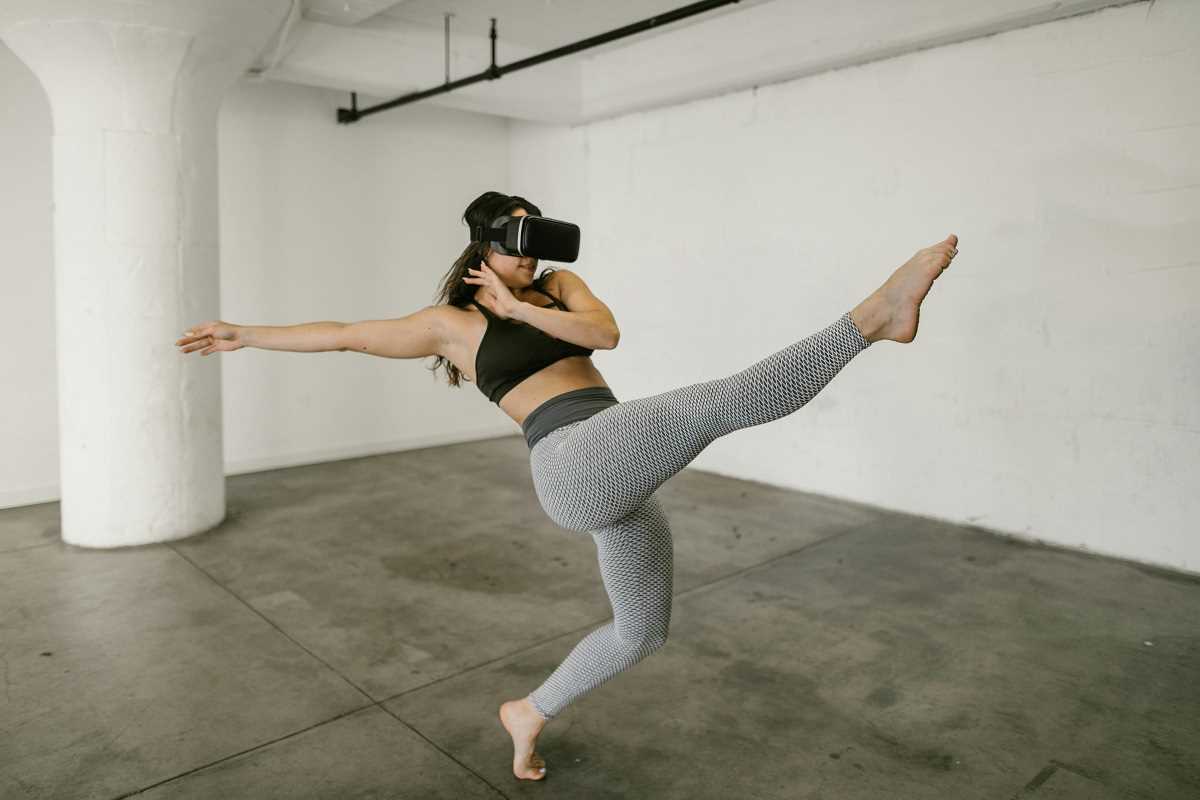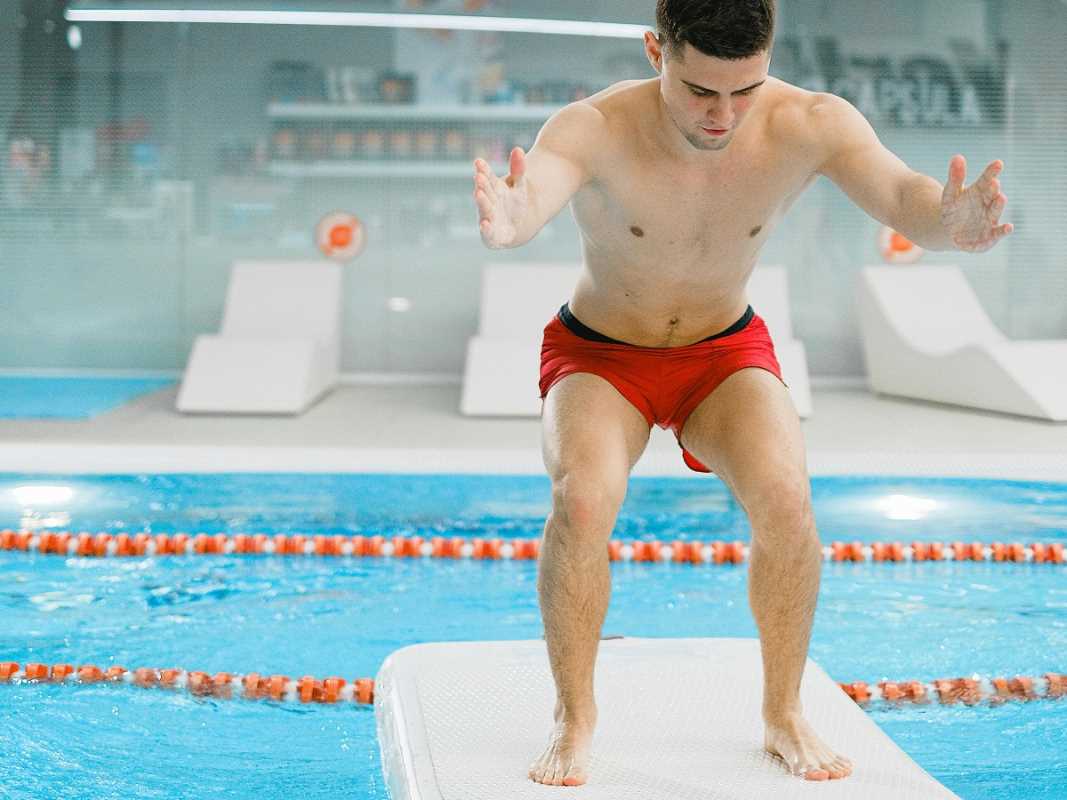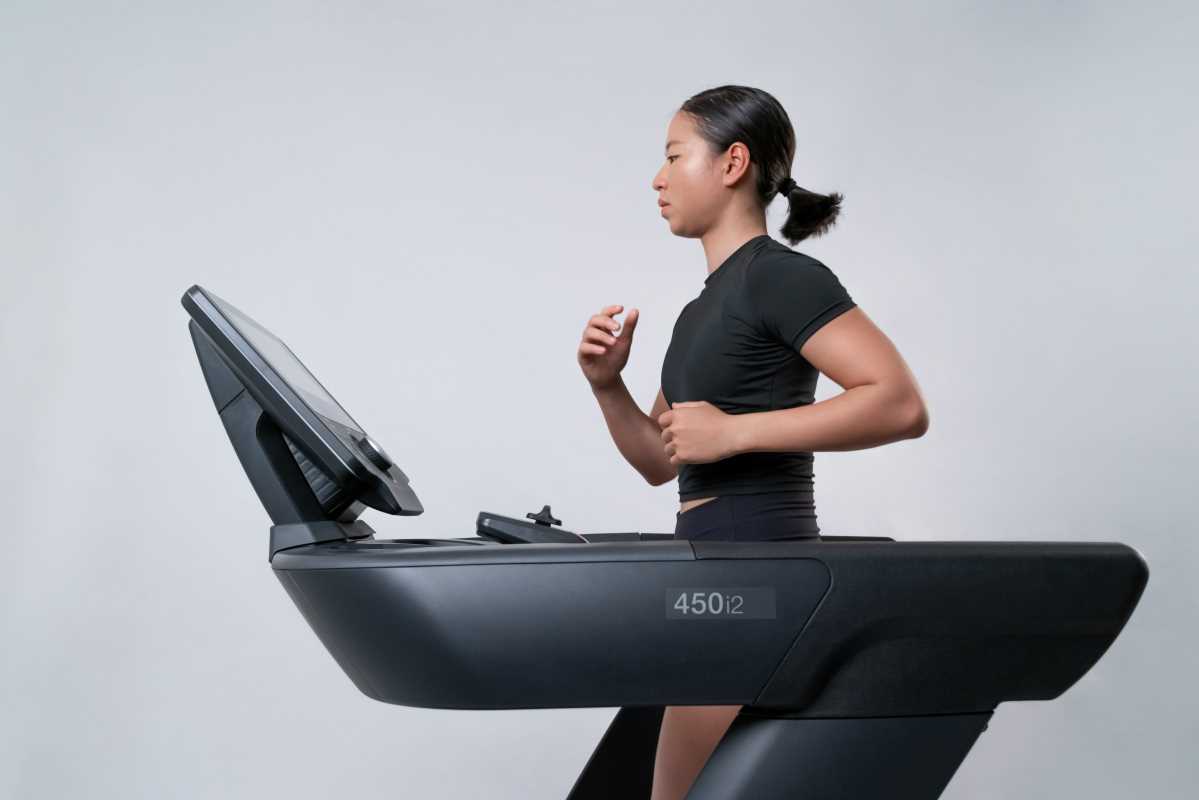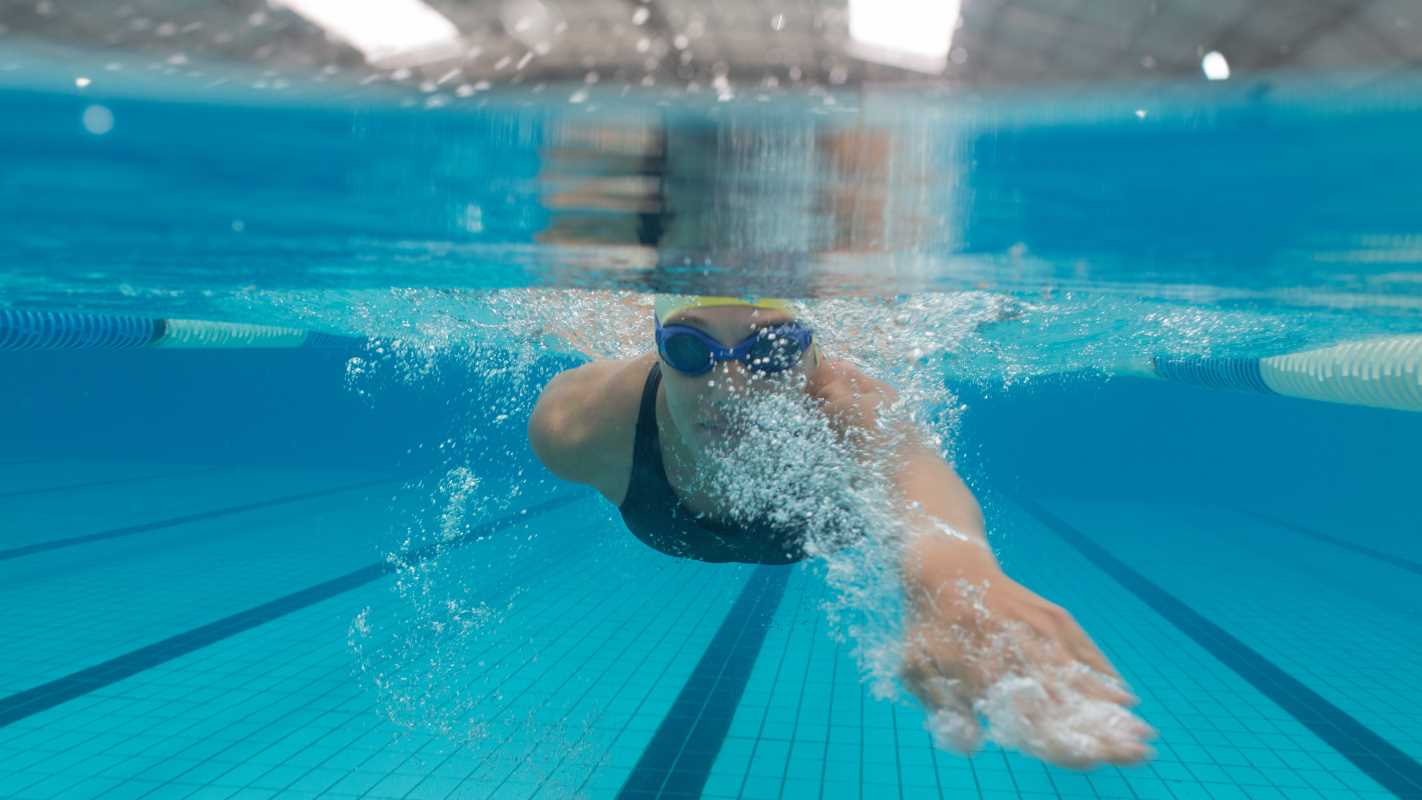E-sports athletes are spearheading a transformation in athletic training with the help of virtual reality technologies. This advanced tool is not only altering the nature of the games themselves but also reshaping the way athletes hone their skills. Through virtual reality, players can enhance their performance in ways that were once thought impossible. For those who thrive on performance and innovation, embracing these technological advances is crucial to maintain a competitive edge. Whether in the realm of e-sports or more conventional sports, staying at the forefront of these developments is key to excelling and setting new standards in the industry.
The Intersection of E-Sports and VR
- Enhanced Immersive Training: E-sports athletes utilize VR to simulate real-game scenarios, allowing them to practice techniques and reflexes in a controlled yet lifelike environment.
- Data-Driven Performance Analysis: VR systems collect comprehensive data on an athlete's performance, providing insights that refine techniques and improve overall gameplay.
- Mental Conditioning: Virtual environments help athletes build mental resilience by exposing them to high-pressure situations, enhancing their focus and decision-making skills.
- Injury Prevention: By simulating physical movements, VR helps identify and correct potential issues in an athlete’s form, reducing the risk of injury during actual performance.
Changing Traditional Training
- Simulated Practice Sessions: Traditional athletes can use VR to replicate game-day conditions, allowing them to practice specific scenarios and improve their readiness.
- Technique Refinement: VR provides detailed feedback on an athlete’s movements, helping them make precise adjustments to enhance performance.
- Planning: Coaches and athletes can use virtual simulations to develop and test approaches, ensuring they are well-prepared for any situation.
- Cross-Training Opportunities: Athletes can engage in different sports within a virtual environment, improving their overall athleticism and adaptability.
Benefits of VR for Performance-Driven Athletes
Virtual reality offers numerous advantages for athletes looking to maximize their performance. One key benefit is the ability to train in a distraction-free environment, allowing athletes to focus entirely on their skills without external interruptions. VR also enables personalized training programs tailored to an athlete’s specific needs, ensuring more effective and efficient improvement.
Real-world applications of VR training have already shown promising results. For instance, e-sports teams using VR have reported faster reaction times and better strategic thinking during competitions. Traditional sports teams are also adopting VR to enhance their training regimens, leading to noticeable improvements in players' performance metrics. Success stories from various sports highlight how VR is becoming an indispensable tool for athletes aiming to reach their peak potential.
Adapting to New Training Paradigms
- Embracing Technology: Athletes and coaches become more tech-savvy, integrating VR seamlessly into their training routines.
- Continuous Learning: Staying updated with the latest VR advancements is crucial for athletes to maintain a competitive edge.
- Overcoming Resistance: Some traditionalists may hesitate to adopt VR, but demonstrating its effectiveness helps gain broader acceptance.
- Resource Allocation: Investing in VR technology requires prioritizing resources, but the long-term benefits outweigh the initial costs.
Future of VR in Sports Training
The future of VR in sports training looks incredibly promising, with ongoing advancements set to further enhance its capabilities. One potential development is the integration of artificial intelligence with VR, enabling even more personalized and adaptive training programs. This combination could provide real-time adjustments based on an athlete’s performance, ensuring continuous improvement.
Another exciting trend is the expansion of VR applications across various sports disciplines. From team sports like basketball and soccer to individual sports like tennis and swimming, VR is set to become a common tool for training elite athletes. As VR technology becomes more affordable and accessible, its adoption is expected to rise, making high-quality training available to a broader range of athletes.
As VR technology continues to evolve, we can anticipate more sophisticated simulations that offer deeper insights into athlete performance and biomechanics. Innovations such as haptic feedback and augmented reality integrations will further bridge the gap between virtual and real-world training. These advancements will enhance the training experience and contribute to safer and more effective athletic development.
Looking ahead, the collaboration between VR developers, sports scientists, and athletes will drive the creation of even more advanced training tools. This synergy will ensure that VR remains at the forefront of sports training, continually pushing the boundaries of what athletes can achieve.
Virtual reality revolutionizes sports training by enhancing performance and optimizing methods, paving the way for future advancements. Embracing VR gives athletes a competitive edge.
 (Image via
(Image via





